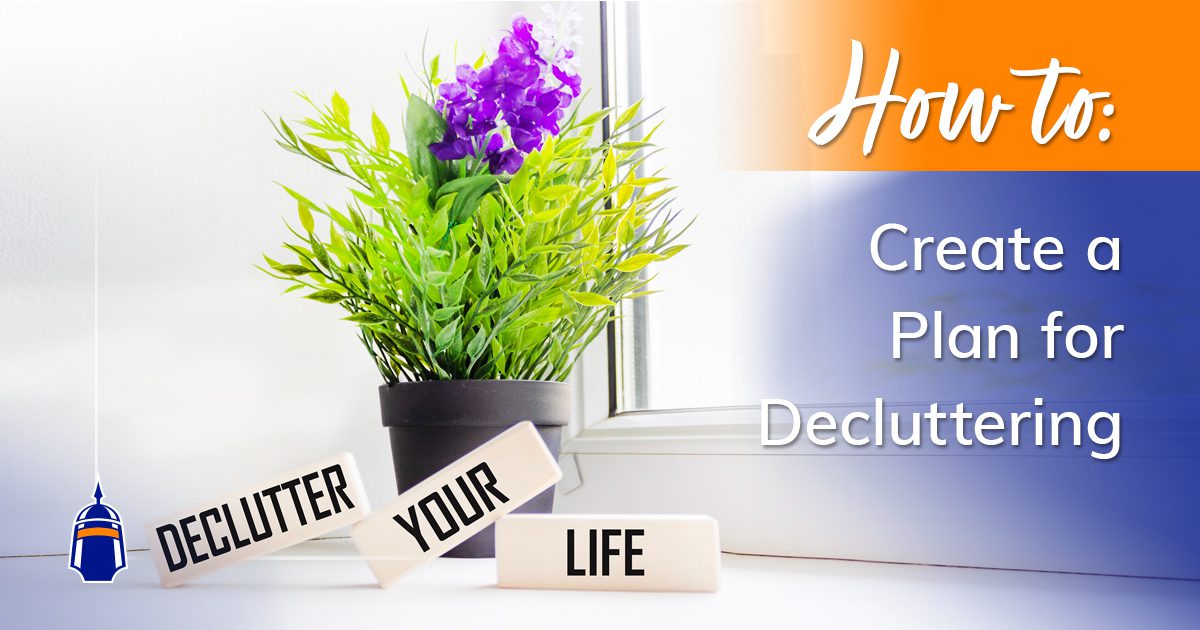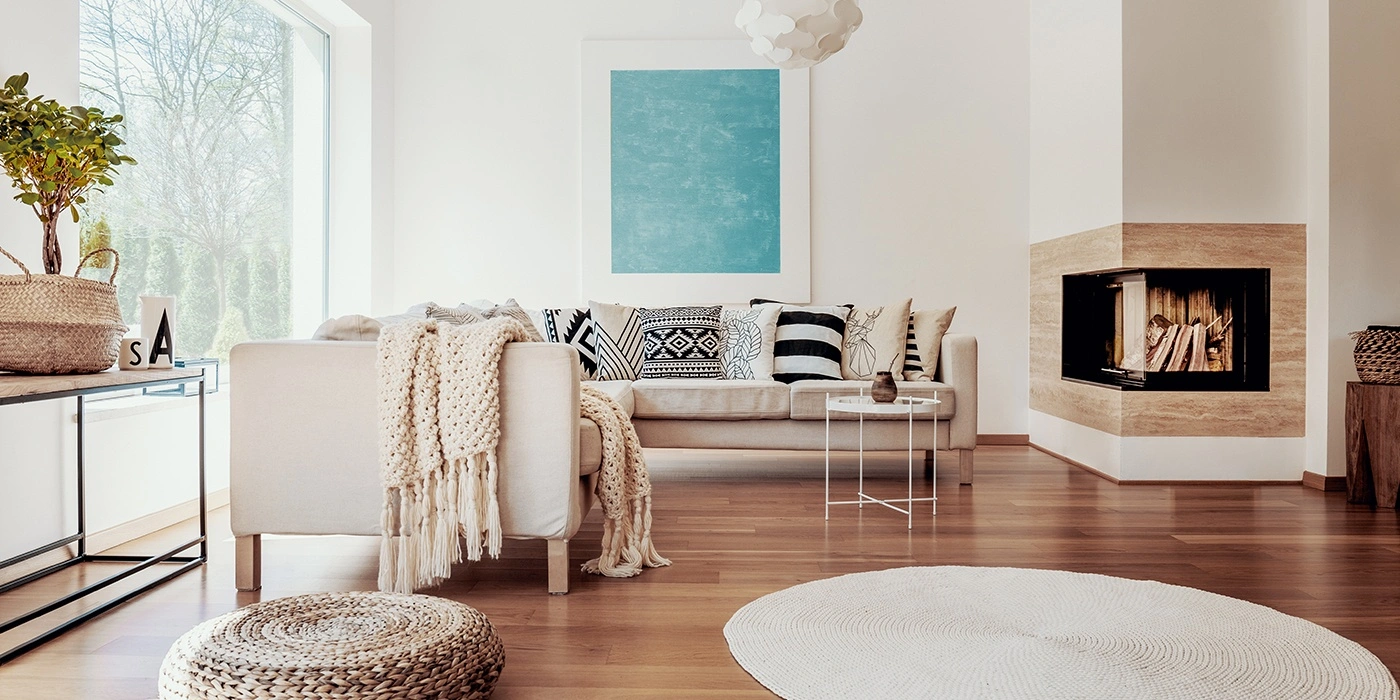A clean home helps you focus, sleep better, and move with ease. You build that environment when you remove the things you do not use. You create space for your daily tasks. You also save time because you avoid searching through piles. Many readers on Info Tech Share value simple steps that help them take action. You can start small and still make strong progress.
Start With a Clear Goal
You need a clear reason to declutter. You improve your results when you focus on a specific outcome. You may want easier cleaning, more space, or fewer visual blocks. Pick one goal and stay with it. A single focus helps you move through each room without confusion.
Work Room by Room
You keep your momentum when you avoid switching between spaces. Start with one room. Pick the smallest room if you want fast progress. A small win pushes you forward. Move through each corner and surface. You get a clear view of what stays and what leaves.
Sort Your Items Into Simple Groups
Use three groups. Keep, donate, and discard. You do not need complex rules. You only decide what you use and what you ignore. Place every item into one group. You avoid delay when you follow these fixed options. You reduce mental load because each item has a clear path.
Limit Your Keep Pile With Clear Questions
Ask direct questions. Do you use it often. Does it support your daily tasks. Would you buy it again today. If you answer no to these questions, you move the item to another group. You control your space when you follow this system.
Clear Visible Areas First
You get faster results when you start with open surfaces. These areas set the tone of the room. Clean tables, shelves, and counters. Remove things that do not support the function of the area. You see fast improvements, which motivates you to move forward.
Use Small Time Blocks
You avoid burnout when you use short time blocks. Try ten to fifteen minutes at a time. Set a timer and move through one area. Stop when the timer ends. You stay consistent because the sessions feel light. You also avoid creating large messes that feel difficult to handle. Many readers on Inserior follow this method to stay on track.
Create a Donation Box
Keep a box in an easy spot. Add items whenever you see something you no longer need. This box helps you keep your space clear over time. You avoid the feeling of doing a big clean because you manage items as you find them. Drop off the box at a charity center once it fills up.
Remove Duplicates First
Duplicates take space without adding value. Check your kitchen, bathroom, and drawers. You may keep extra tools, bottles, or small gadgets that you do not use. Keep one. Move the rest to the donation group. You create more space in minutes.
Use Storage Only for Useful Items
Storage helps you keep things in order, but clutter hides inside storage if you do not set limits. Only store items you use during the year. Do not store random objects that you hope you might need. You avoid buildup when you stay strict with this rule.
Set a Fixed Place for Every Item
You waste time when items float around the house. Give each item a home. Keep keys, chargers, bills, and daily tools in clear spots. You reduce stress because you know where to find everything. You also reduce clutter because things return to their place after each use.
Declutter Your Clothes With Simple Rules
Clothes often take the most space. You can manage them with fixed rules. Remove clothes you have not worn in a year. Remove clothes that no longer fit. Remove clothes you keep for emotional reasons but never use. Fold or hang the clothes you keep so you see them easily. You avoid overbuying because you know what you own.
Reduce Paper Piles
Paper collects fast. Sort your papers once a week. Keep important papers like bills, contracts, and certificates. Scan papers that you need but do not want to store physically. Recycle the rest. Use a small file folder for the papers you keep. You avoid heavy piles that look messy and take space.
Use Baskets for Quick Wins
Place baskets in areas where items collect often. Living rooms, bedrooms, and entryways usually need small baskets. These baskets hold toys, chargers, or daily accessories. You keep your rooms clean because items have a place to go. You save time during daily resets.
Reset Your Space at the End of the Day
Spend five to ten minutes each night to return items to their place. You avoid waking up to mess. Small resets improve your mood in the morning. You also prevent clutter from growing. This habit works well for busy routines.
Avoid Buying Without Purpose
You protect your space when you stop impulse shopping. Before buying, ask if the item replaces something you already own. If it does not serve an active need, skip it. You reduce future clutter and save money.
Review Each Room Every Month
Check your rooms once a month. Look for new items that do not add value. Remove things that take space. This monthly review helps you maintain the progress you built. Many readers who follow this step stay clutter free long term.
Organize Items by Use
Place items based on how often you use them. Keep daily items within reach. Store seasonal items in higher or lower areas. You improve movement in your home because you reduce extra steps. You also prevent clutter because the space reflects how you live.
Build a Simple Entryway System
Your entryway affects the look of your home. Use hooks for bags and keys. Use a small tray for mail. Use a shoe rack with clear limits. You keep this area clean by returning items to these small stations.
Use Clear Containers for Easy Tracking
Clear containers help you see what you have without opening boxes. Label each container so you avoid confusion. This works well for kitchen shelves, bathroom storage, and craft supplies. You reduce buying duplicates because you always know what you own.
Teach Your Family the System
Your home stays clean when all members follow the same rules. Explain your sorting system. Set clear places for shared items. Keep donation boxes in visible areas. Give simple tasks to each member. Everyone adds to the progress in small steps.
Make Light Adjustments Instead of Big Overhauls
You do not need full cleaning days. You only need consistent small steps. Move items to their place. Remove things you do not use. Keep donation boxes active. Decluttering becomes natural when you practice daily.
Why These Steps Work
These steps work because they reduce decision fatigue. You follow fixed rules. You reduce choices that slow you down. You stay consistent because you handle clutter in smaller sessions. You maintain a clean system that fits your daily patterns. You create a home that supports your routine and comfort.
Night Innovations often highlights how small adjustments create lasting results. You can apply that idea to your decluttering journey.










